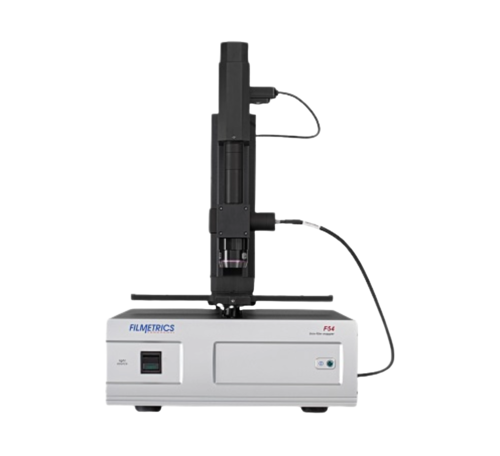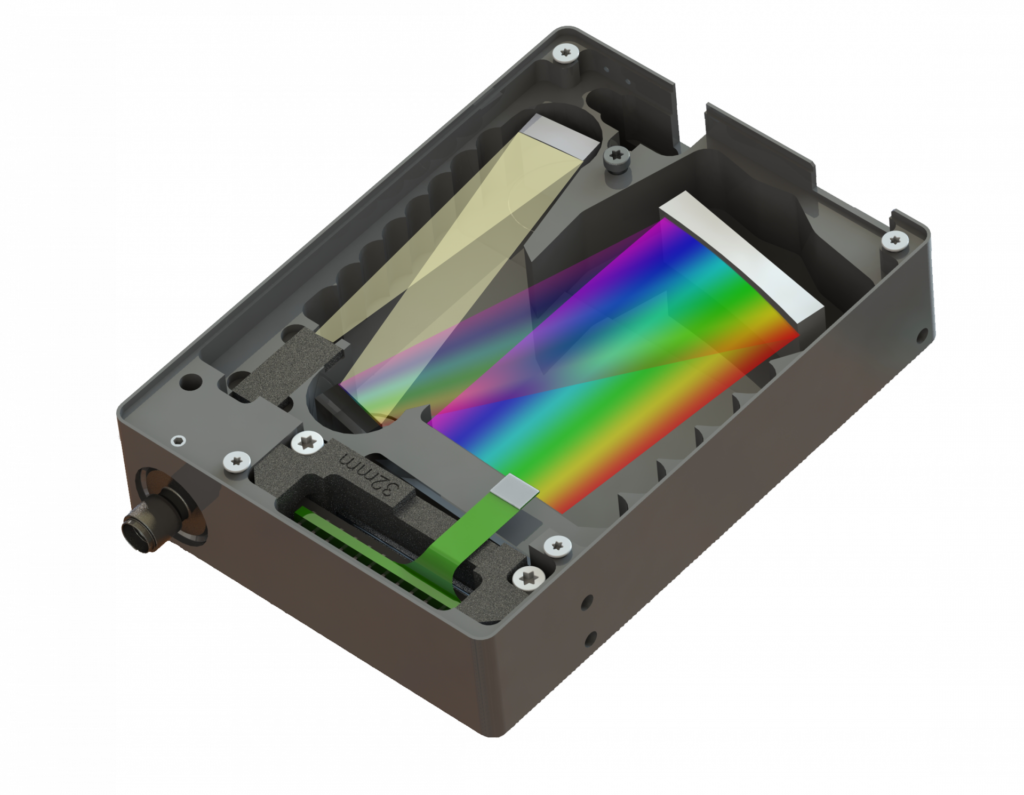The Role of an Optical Fibre Diameter Analyser in Manufacturing Standards
Maximize Your Fiber Optic Efficiency: Understanding Optical Fibre Diameter Analyser Technology
The efficiency of fiber optic systems is critically affected by the accuracy of their diameter, an aspect commonly ignored in the quest of optimal signal stability. Comprehending the technology behind optical fiber diameter analysers exposes the intricate equilibrium in between measurement precision and manufacturing high quality.
Value of Optical Fibre Size
The diameter of optical fibre plays a vital function in establishing the performance and efficiency of interaction systems. It affects numerous vital criteria, including the mode of light proliferation, attenuation, and data transfer capacity. Bigger diameters commonly enable for numerous light modes, facilitating higher data transmission rates. On the other hand, smaller sizes have a tendency to support less settings, which can improve signal clearness and reduce crosstalk.

Additionally, understanding the size's effects can result in set you back savings by minimizing the demand for signal amplification and repeaters in extensive networks (optical fibre diameter analyser). To conclude, the value of optical fiber size can not be overstated, as it directly impacts the general efficiency and dependability of modern interaction systems

Exactly How Diameter Impacts Signal Quality
Signal top quality in optical fibre systems hinges substantially on the diameter of the fiber. A smaller sized diameter can lead to greater attenuation rates, resulting in signal loss as light journeys via the fiber.
Alternatively, bigger diameters normally enable boosted light capture and decreased modal diffusion, boosting signal clarity. In multimode fibers, a larger core size can support multiple light settings, yet it may also introduce intermodal dispersion, which can deteriorate signal top quality. Selecting the optimal fibre size is important for accomplishing the preferred efficiency in certain applications.
Additionally, the interaction between the fiber diameter and the wavelength of the light utilized plays a critical duty in identifying the reliable transmission distance and general signal stability. Therefore, understanding exactly how fibre size impacts signal top quality is necessary for network developers and designers aiming to enhance optical fiber systems for reliable, high-speed information transmission.
Summary of Diameter Analyser Innovation
In several optical fiber production procedures, exact measurement of fibre diameter is crucial for ensuring regular performance and high quality (optical fibre diameter analyser). Size analysers are advanced instruments developed to assess the physical measurements of optical fibres with high precision. They use sophisticated optical and laser technologies to measure the diameter, ovality, and concentricity of the fiber, hence offering critical information for quality control
These analysers can run in-line during the manufacturing process or as part of off-line screening methods. In-line systems allow real-time monitoring, enabling manufacturers to readjust criteria quickly, thus preserving optimum manufacturing problems. Off-line analysers, on the other hand, supply detailed assessments of batches, ensuring that any kind of variances from defined tolerances are determined and resolved.
Diameter analysers significantly add to the reduction of problems navigate to this site in optical fibers, enhancing general product dependability. By regularly measuring essential criteria, these technologies facilitate conformity with sector standards and specifications. As the need for high-performance optical fibers remains to increase, the duty of diameter analysers ends up being progressively important in attaining the wanted quality and efficiency requirements in fibre optic systems.
Trick Functions of Fiber Size Analysers
Although different designs of fiber size analysers exist, they generally share several key functions that improve their functionality and integrity. One of the most significant functions is high-resolution measurement capabilities, which make sure precise diameter analyses, vital for maintaining quality control in fibre manufacturing. In addition, several analysers integrate innovative optical sensors created to find minute variations in fibre diameter, therefore giving important information for procedure optimization.
An additional vital feature is real-time monitoring, enabling operators to receive prompt feedback on fibre diameter throughout the manufacturing procedure (optical fibre diameter analyser). This capacity assists in fast modifications and minimizes the probability of defects. Numerous analysers additionally come outfitted with straightforward interfaces, making it possible for drivers to easily browse with settings and data outcomes
In addition, robust data storage and evaluation performances are vital for tracking historic efficiency patterns and guaranteeing conformity with industry criteria. These functions collectively contribute to the efficacy of fiber size analysers in maximizing fibre optic performance.
Ideal Practices for Fibre Optimization

First, regular calibration of optical fibre diameter analysers is vital. This guarantees accurate dimensions and decreases possible inconsistencies that could affect efficiency. Next off, keeping a clean workplace is vital; dirt and contaminants can cause signify destruction.
Furthermore, it is very important to choose fibres that fulfill specific application needs. This involves examining elements such as attenuation, transmission capacity, and environmental conditions. Proper installment strategies should likewise be abided by, including avoiding sharp bends and too much stress, which can endanger fiber integrity.
Furthermore, using advanced surveillance systems can help with real-time performance evaluations, enabling timely identification of issues. Routine testing and upkeep ought to be carried out to guarantee that fibers continue to be within optimal functional criteria.
Finally, training workers on the most up to date fiber optimization technologies and methods will enhance their ability to implement effective strategies. By following these best methods, companies can considerably enhance the performance and life expectancy of their optical fibre systems, making certain efficient communication and data transfer.
Final Thought
In conclusion, the integration of optical fiber diameter analyser technology is critical for optimizing fibre optic performance. By making sure precise measurements of fiber measurements, these analysers substantially improve signal quality and lower losses throughout information transmission.
Signal top quality in optical fibre systems hinges considerably on the size of the fiber.In numerous optical fibre manufacturing processes, accurate dimension of fiber diameter is vital for making certain consistent efficiency and top quality. As the demand for high-performance optical fibres proceeds to climb, the function of diameter analysers ends up being significantly vital her explanation in achieving the desired top quality and efficiency standards in fiber optic systems.
These attributes jointly add to the efficacy of fibre diameter analysers in optimizing fibre optic performance.
In final thought, the combination of optical fiber diameter analyser technology is vital for taking full advantage of fibre optic efficiency.